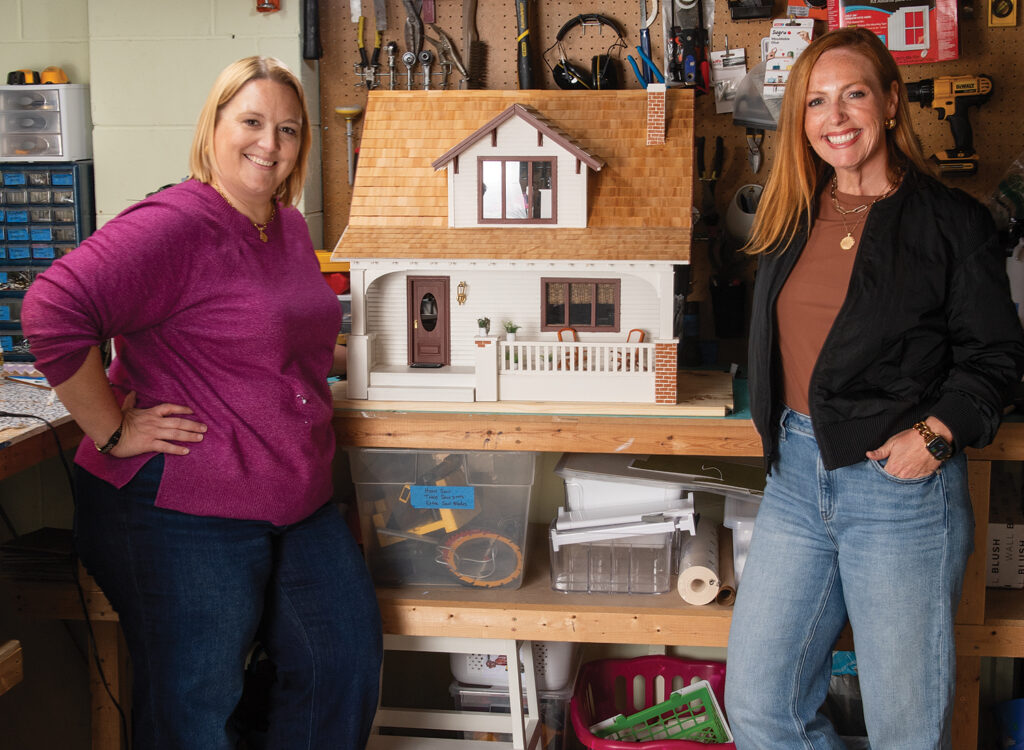A mid-year market checkup from Wells Fargo’s chief investment officer

JOE GARDYASZ Jun 13, 2019 | 4:16 pm
3 min read time
709 wordsBanking and Finance, Business Record Insider, The Insider Notebook
Darrell Cronk, president of Wells Fargo Investment Institute and chief investment officer for Wealth and Investment Management, was in Des Moines on Wednesday to provide a midyear market update for a group of about 120 of its Central Iowa business customers. I sat down with him before his presentation to get his impressions of what’s maintaining the growth, and how various threats could play out for the economy.
Among the highlights for the U.S. economy at the midyear point is an “exceedingly good” labor market, with record-low unemployment and more job openings than unemployed Americans.
Nevertheless, the pace of wage growth — which normally goes hand-in-hand with job growth — has been lagging, Cronk said. Although consumer confidence is high, consumer spending could be better if employers were increasing wages more. However, the average wage increase has picked up slightly from about 2% last year to around 3%.
As he summarized it in a just-released investor letter with Wells Fargo’s midyear outlook, “Resilient labor markets alongside a turn toward patient global bank monetary policy have calmed recession fears and should extend the life of this record-long expansion.”
At the same time, lingering uncertainty about U.S.-China trade relations is somewhat dampening the stock market’s outlook. Cronk said his team at Wells Fargo is skeptical that any quick deals can be reached this year regarding agreements that would resolve the escalating tariff battle between the U.S. and China.
Cronk said he also anticipates that earnings growth of publicly traded companies will dip significantly this year compared with the robust double-digit gains in earnings seen last year by the S&P 500.
Among other takeaways from the discussion:
– GDP growth is downshifting: At the midyear point, the economy appears to be on track to end the year at 2.1% growth, which would be down from more than 3% in 2018 and an indication of an ongoing slowdown in the manufacturing sector. However, consumer confidence remains strong, and if that can be maintained, that will bode well for the overall economy.
– Expect the Federal Reserve to ease interest rates: On the back of four interest rate hikes in 2018, the Fed has taken a “sabbatical” from rate hikes, saying it’s not going to raise rates for most, if not all, of 2019. Now, the Fed has been pivoting to where the markets are expecting them to actually begin easing rates.
“Part of the reason you’re seeing the inversion of the yield curve is that the Fed has tightened monetary policy conditions too tight for where the growth outlook presides,” Cronk said. “So really, the bond market is really trying to tell the Fed, in a simple way, ‘We want you to lower rates at least once.’ And some are predicting that the Fed may actually lower rates as many as three times in 2019, in essence unwinding a lot of the tightening of 2018.”
– Housing stock: When compared with 2008 levels, the U.S. supply of housing stock is relatively unchanged a decade later. Millennials’ delaying home purchases has helped to keep housing prices from decelerating, and growth in prices has ranged from 4% to 5% a year.
– Stock market recovery: Stocks have recovered from a nearly 20% decline in the fourth quarter, and portfolios are generally back to where they were about a year ago.
“I think the two biggest challenges for the stock market for the rest of 2019 and into early 2020 are one, finding some clear path of resolution to the China trade issues, because that has been weighing on stocks,” he said.
The second challenge will be earnings growth, which has “slowed precipitously from where it was in 2018,” Cronk said.
While earnings in the S&P 500 stocks grew by about 25% in 2018, Wells Fargo’s investment team believes earnings for the S&P will grow by just over 3% this year. “So that’s a big deceleration in earnings growth, and some are even [forecasting] an earnings recession, which is by definition two straight quarters of negative earnings growth.”









